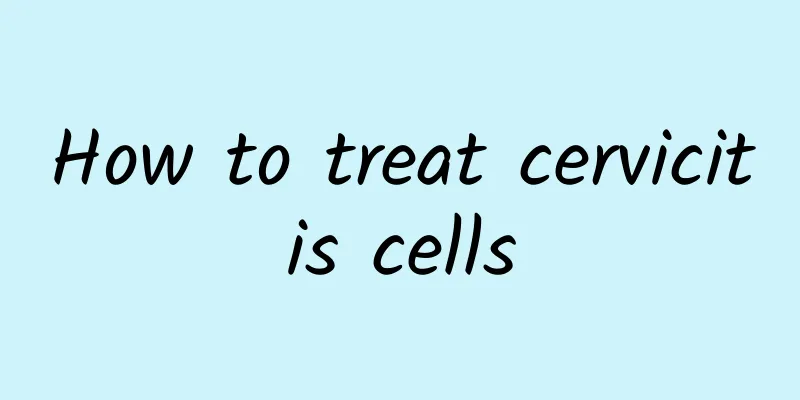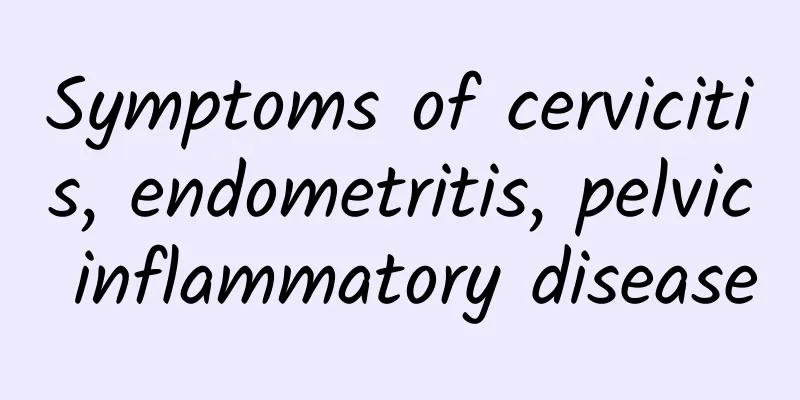How to treat cervicitis cells

|
The treatment of cervicitis cells requires the selection of appropriate methods according to the cause and symptoms, including medication, physical therapy and lifestyle adjustments. Cervicitis is usually caused by infection, hormonal imbalance or chronic irritation, and the core of treatment is to eliminate inflammation, control infection and prevent recurrence. 1. Drug therapy is the main means of cell therapy for cervicitis. Antibiotics such as azithromycin, doxycycline and metronidazole are commonly used for cervicitis caused by bacterial infection. Antiviral drugs such as acyclovir are suitable for viral infections. For fungal infections, fluconazole and clotrimazole are commonly used drugs. Hormonal drugs such as estrogen ointment can be used for cervicitis caused by hormone imbalance to help restore the normal state of the cervical mucosa. 2. Physical therapy is suitable for chronic cervicitis or when drug treatment is ineffective. Laser therapy removes diseased tissue through high-energy beams and promotes the regeneration of healthy cells. Cryotherapy uses low temperatures to destroy abnormal cells and is suitable for local lesions. Electrocautery burns the lesion area with electric current to quickly eliminate inflammation. These methods need to be performed under the guidance of professional doctors to ensure safety and effectiveness. 3. Lifestyle adjustment is essential for the treatment and prevention of cervicitis. Maintain personal hygiene, avoid using irritating lotions, choose cotton underwear and change and wash them frequently. Avoid frequent vaginal douching to avoid destroying normal flora. Eat more foods rich in vitamins C and E, such as citrus fruits, nuts and green leafy vegetables, to enhance immunity. Regular gynecological examinations can detect and treat cervicitis early and prevent the disease from worsening. The treatment of cervicitis cells requires a combination of multiple methods and a personalized plan based on individual conditions. Timely medical treatment, taking medication as prescribed by the doctor, and a healthy lifestyle can effectively control inflammation and reduce the risk of recurrence. Regular follow-up and examinations are the key to ensuring the effectiveness of treatment and preventing the disease from progressing to more serious cervical lesions. |
<<: What causes right lateral adnexitis?
>>: Symptoms of severe cervical hypertrophy
Recommend
Experts explain why women are not suitable for painless abortion
In real life, not all female friends are suitable...
Xiao Tiantian took pinworm powder to lose weight and had diarrhea that hurt her body
Artist Xiao Tiantian has tried many weight loss r...
What causes cervicitis?
Cervicitis is an inflammation caused by the invas...
Should I keep taking medicine for ectopic pregnancy?
Ectopic pregnancy is one of the abnormalities of ...
Is chronic cervicitis harmful to women? The four major hazards of chronic cervicitis in women
After we find that we have chronic cervicitis, we...
Common factors that may cause cervicitis
Many female friends want to know why they get cer...
What are the test indicators for adenomyosis?
What are the examination indicators for adenomyos...
[Video version] Dementia, aging...the brain is playing tricks! 6 essential nutrients for brain protection
The silver hair wave is unstoppable! The elderly ...
The main aspects of women's self-diagnosis of ovarian cysts
What are the main aspects of self-diagnosis of ov...
Hong Tae-woong uses the "cup and bowl palm" weight loss method again
Hung Tai-hsiung, director of the registration gro...
What items should be checked for painless abortion
Painless abortion is currently the best way to so...
What should women do if they have cervicitis?
Cervicitis is a common disease in women's liv...
Which hospital should I go to for treatment of cervical precancerous lesions?
Cervical precancerous lesions are the most common...
Obesity comes from the mouth! Is the brain's appetite monster out of control? Doctor: 4 tips for weight loss management to combat obesity
Have you tried many ways to lose weight, but alwa...
What causes ovarian cysts?
What are the common causes of ovarian cysts? Adne...









